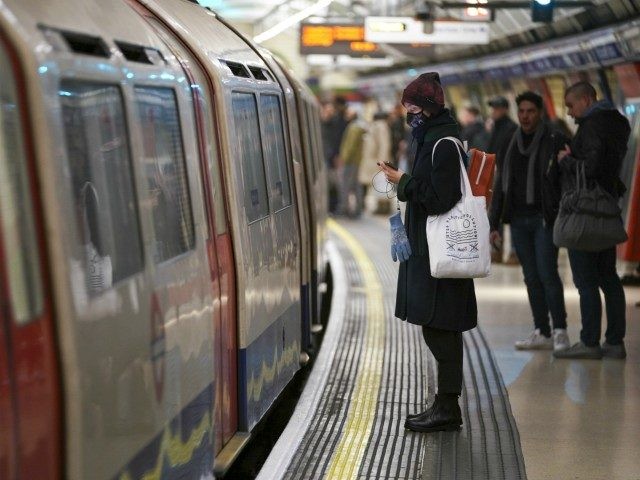Almost a quarter of all British employees have been ‘furloughed’ in two weeks, meaning over half of the British adult population is now being paid by the government, possibly the highest proportion ever.
The UK government announced the coronavirus job retention scheme, a state-funded programme where businesses slowing or suspending operations during the national lockdown could avoid firing their staff, in March. Rather than employees being laid off and shuffled onto the government’s unemployed claimant count, the government would instead pay employers to keep paying wages even though the furloughed staff were not doing any actual work.
Uptake of the programme was enormous, and perhaps greater than expected, with 800,000 employers nationwide signing up to the scheme, placing 6.3 million people onto the government payroll at a cost of around £8 billion, the Treasury said. The bill for keeping essentially unemployed people in their jobs was so large, it is now costing the British taxpayer the same amount that it spends on the NHS, the chancellor revealed.
The Job Retention Scheme launched on 20 April.
By midnight 3 May a total of:
➡️ 6.3m jobs furloughed *
➡️ 800K employers furloughing **
➡️ Total value of claims £8bnApply for a grant to cover the wages of your furloughed staff now: https://t.co/bx1Nszshsr pic.twitter.com/29n9h0RB2k
— HM Revenue & Customs (@HMRCgovuk) May 4, 2020
In normal times the number of people earning a wage in private business significantly outweighs those in the government sector, but with almost a quarter of all employed people becoming state-paid in just a couple of weeks, the balance has tipped, judging by historic employment trend data, for the first time in British history.
Between the 6.3 million newly furloughed staff, and over 20 million people either received a state pension or government benefits, there are now more people on the government payroll than private, according to an analysis by British newspaper the Daily Telegraph. The proportion is a significant rise on any other period in modern British history, including times of high government interaction with the workforce including the two World Wars where millions of Britons were under arms, or during the late-1970s highwater of state ownership of industry, or during the early 1980s and ’90s crashes.
The difference also throws into sharp contrast the difference wrought by a century of so-called social democracy and government growth. While in 2020 under the coronavirus emergency over 50 per cent of the adult population is in the employment of the state, in 1920 less than eight per cent were in receipt of tax money.
Speaking on Monday evening to British television news network ITN, chancellor Rishi Sunak, who initiated the furlough scheme, reflected that the trend was “clearly not a sustainable situation” and the government was working to wind down the programme. Yet businesses warned if the supply of government money — due to run out in June — was turned off too soon, they would simply make their suspended employees redundant.
Mr Sunak said: “There will be no cliff edge to the furlough scheme. I am working as we speak to figure out the most effective way to wind down the scheme and to ease people back into work in a measured way. But as some scenarios have suggested, we are potentially spending as much on the furlough scheme as we do on the NHS, for example. Now clearly, that is not a sustainable situation.
“As soon as the time is right, we want to get people back to work and get our economy fired up again.”

COMMENTS
Please let us know if you're having issues with commenting.